‘Lightbulb’ creature — with translucent tentacles — is new species in Gulf of Mexico
Nearly 30 years ago, scuba divers in the Gulf of Mexico spotted a peculiar, brightly colored sea creature.
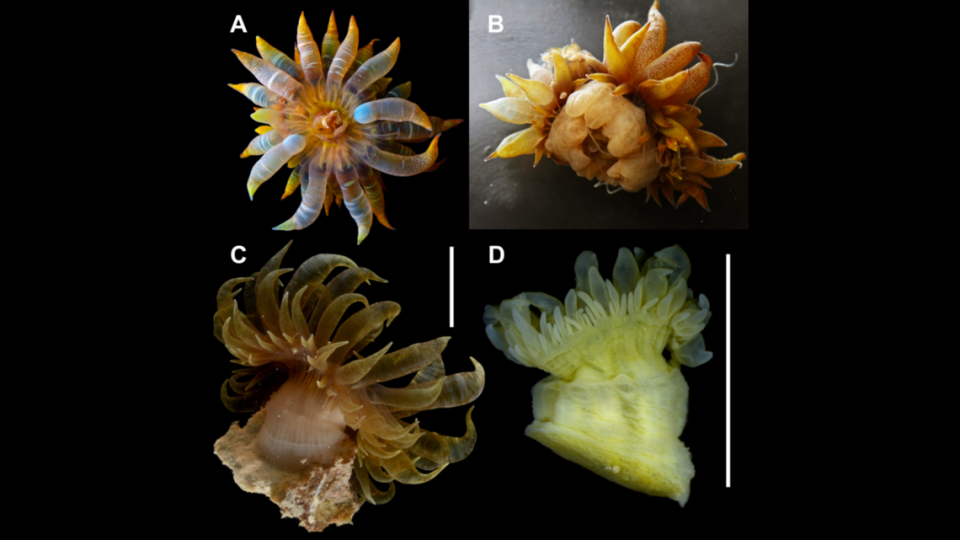
That is until 2010 — when scientists began collecting specimens of the unknown species for themselves, according to a new study published Oct. 11 in the journal Zootaxa.
Researchers collected 10 specimens between 2010 and 2023, and they used those to finally identify and describe the new species as Bellactis lux, or lightbulb anemone, co-authors Alonso Delgado, Paul Larson, Nancy Sheridan and Marymegan Daly wrote in the study. Specimens were collected off the coast of Pinellas County, Florida, and Dauphin Island, Alabama.
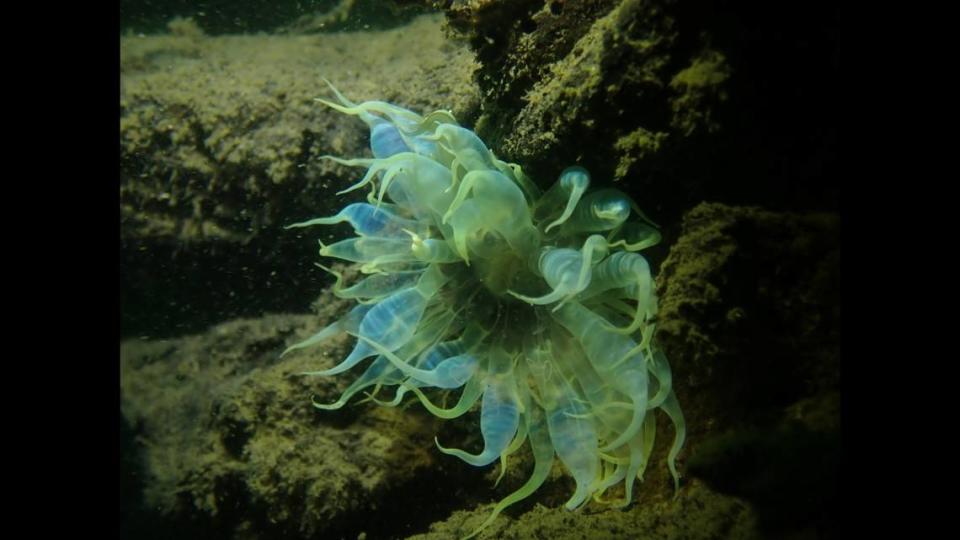

The small species has a wide, irregularly shaped base that stems into a smooth column with rows of two or three raised pores, the study said.
Lightbulb anemone have “stout” tentacles in groups of three to five, according to researchers. They are slightly inflated at the base but taper off at the end, and they “can be bulbous in shape.”
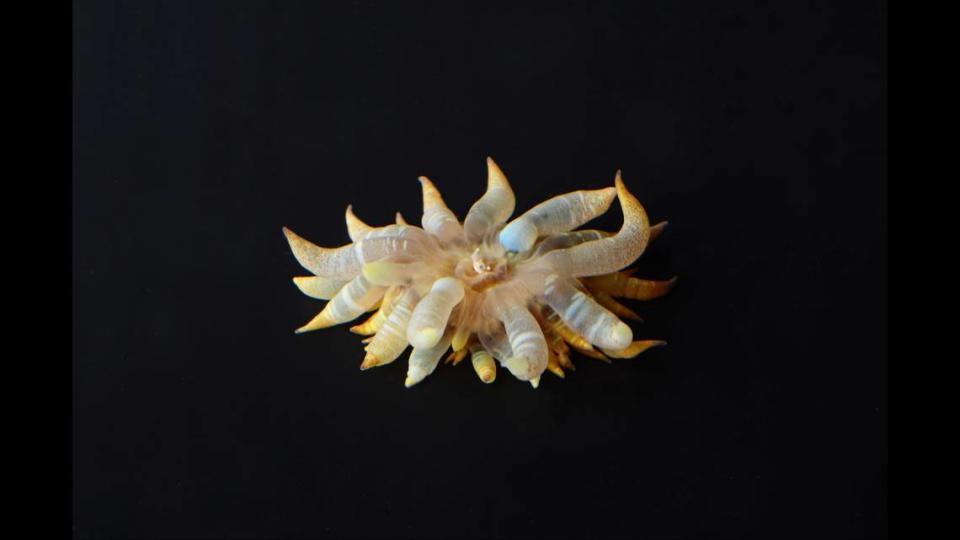
Tentacles are greenish brown and translucent, but they sometimes have opaque white marks that can form rings, the study said.
The creatures have a maroon oral disc that is often circled by a yellow-colored ring. The disc surrounds its wide, oval shaped mouth with “prominent” cream-colored lips, according to experts.
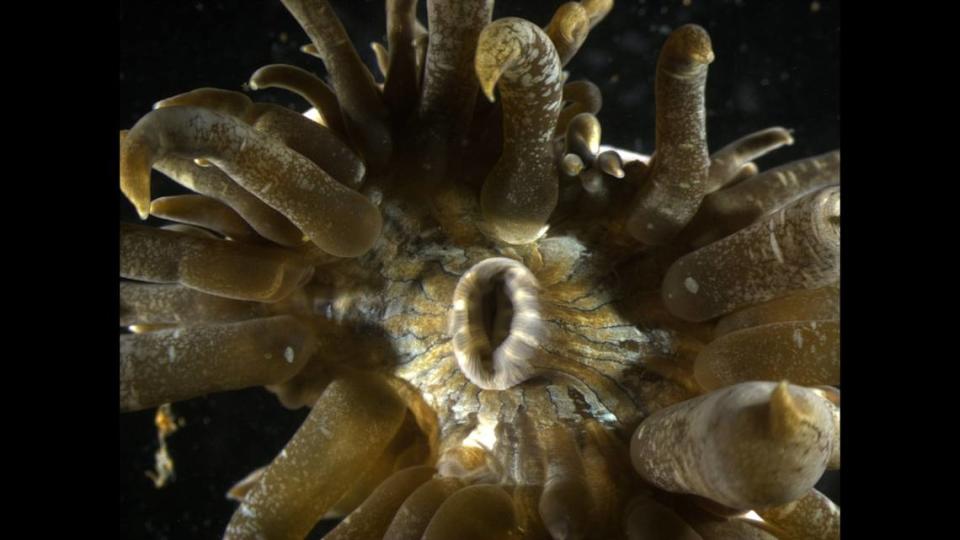
Researchers said the anemone appears to have a photosymbiotic relationship with algae. Algae, which use photosynthesis, were observed living on the lightbulb anemone’s column and tentacles.
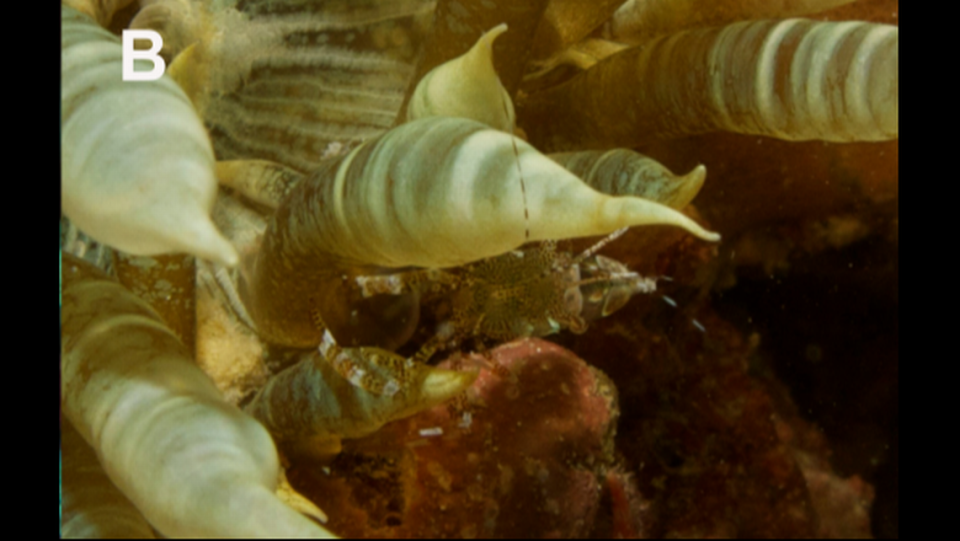
Bellactis lux also seem to reproduce asexually, and they may live near one another in crevices in shallow waters in the eastern Gulf of Mexico, according to scientists. Specimens were collected from “hard-bottom” habitats known as reef ledges.
Small creature — with unusual genitalia — found burrowing in sand. It’s a new species
‘Extremely small’ horned creature — with ‘moderately large’ tongue — is new species
Wart-covered creature — with a ‘peeping’ call — discovered in Indonesia is new species

